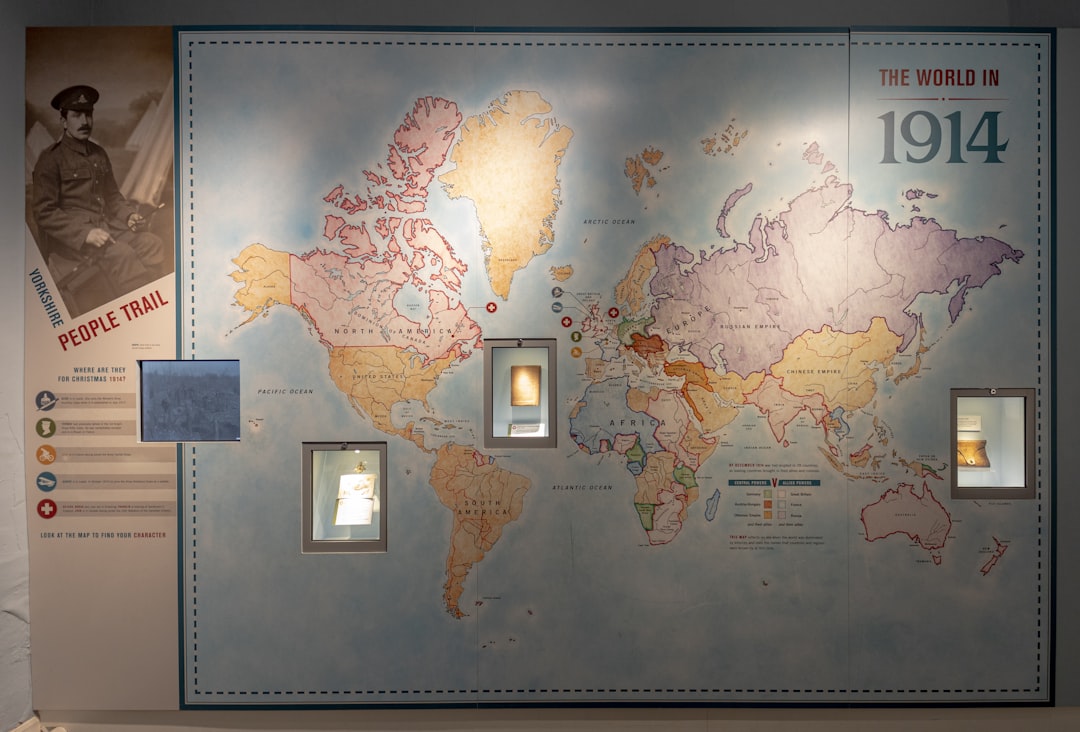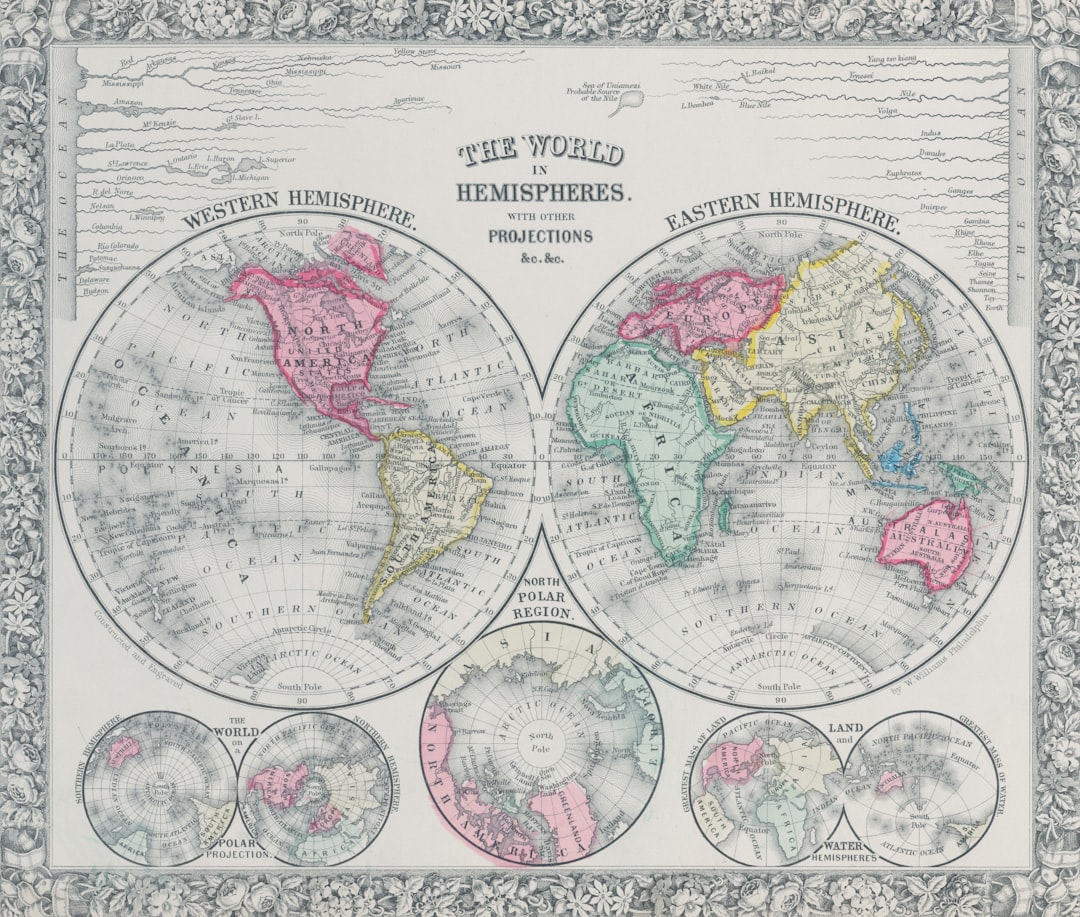IPv4 vs IPv6 Explained: What’s the Difference?
Let’s talk about something that keeps the internet running—IP addresses! But hold up, what are they? In super simple terms, they are like the street address for your device on the internet. Without one, your device gets lost online. Two main versions exist: IPv4 and IPv6. And no, they’re not video games. They’re the backbone of internet communication!
So, What Is IPv4?
IPv4 stands for Internet Protocol version 4. It’s the fourth version of the internet protocol, but the first one to really take off. It’s been around since the early 1980s.
IPv4 addresses look like this:
192.168.0.1
Just a bunch of numbers, right? But they’re clever. The structure is made up of four sets of numbers separated by dots. Each number can go from 0 to 255.
That gives us about 4.3 billion possible unique addresses. It sounds like a lot, but… surprise! We ran out. With billions of people and even more devices (phones, tablets, TVs, fridges?), 4.3 billion just isn’t enough.
Enter IPv6, The Upgrade We Needed
IPv6 is Internet Protocol version 6. It’s more advanced and designed to fix what IPv4 can’t anymore. Mainly, the address shortage!
An IPv6 address looks quite different:
2001:0db8:85a3:0000:0000:8a2e:0370:7334
Whoa, that’s long! It uses hexadecimal numbers, which means numbers and letters. But don’t worry; computers love this stuff.
Main Differences Between IPv4 and IPv6
Let’s break it down in a fun way. Here’s a simple comparison:
- IPv4: Uses 32-bit addresses. About 4.3 billion addresses.
- IPv6: Uses 128-bit addresses. About 340 undecillion addresses. That’s a 3 followed by 38 zeros!
- IPv4: Written with dots (e.g., 192.168.1.1).
- IPv6: Written with colons (e.g., 2001:db8::1).
- IPv4: Limited address space = workarounds like NAT (Network Address Translation).
- IPv6: So many addresses that every device can get one—no sharing needed!

Why Did We Even Need IPv6?
Great question! Here’s the deal.
The internet grew like crazy. More people, more devices, more data—everywhere. IPv4 wasn’t built to handle this scale. We needed something future-proof, and that something is IPv6.
Here are a few big reasons for the switch:
- More Devices: We’re adding billions of new devices every year. IPv4 can’t keep up.
- Better Routing: IPv6 helps data travel faster and find the shortest route.
- Security: IPv6 has built-in features like IPsec, which makes it tougher for bad guys.
- Simpler Networks: No need for NAT. Devices can communicate directly—clean and efficient!
But Wait, Why Are We Still Using IPv4?
Another smart question!
Switching to IPv6 sounds like a no-brainer, but it’s not that easy. The whole world can’t just flip a switch. IPv4 has been around for 40+ years, and so much of the internet is built on it.
Here’s what makes it tricky:
- Old Devices: Some can’t handle IPv6.
- Cost: Upgrading hardware and software isn’t cheap.
- Compatibility: Not all networks are ready for IPv6 yet.
- Training: Tech teams need to learn how to manage IPv6 systems.
So, for now, the internet works in what’s called dual-stack mode. That means both IPv4 and IPv6 work side-by-side. Like roommates who don’t really talk much, but live in the same house.
Pros and Cons
Let’s keep it simple. Here’s a quick list of what’s great—and not so great—about each version.
IPv4
- Pros:
- Widely supported everywhere
- Easier to read and understand
- Cheaper to use at the moment
- Cons:
- Running out of addresses
- Needs NAT—a workaround, not elegant
- Security isn’t built-in
IPv6
- Pros:
- Crazy amount of addresses!
- Built-in security features
- Faster data routing
- A better fit for mobile and modern apps
- Cons:
- Harder to understand and configure
- Not supported on all devices
- Can be costly to implement fully
Fun Fact Time!
Think 4.3 billion is a lot? Well, IPv6 gives us enough IP addresses to assign one million addresses to every single grain of sand on Earth. Mind officially blown, right?

How Do They Work Together?
Right now, IPv4 and IPv6 kind of coexist.
This means you can have one device using an IPv4 address and another running on IPv6. But they won’t talk directly unless there’s a translator—a system that bridges the two. It’s kind of like having someone who speaks only French and another who speaks only Japanese. They need a translator to understand each other.
Should You Worry About Switching?
If you’re just browsing the web, gaming, or watching cat videos, you probably won’t even notice which IP version you’re using. Your internet provider and device makers take care of all that behind the scenes.
But if you’re a business or run your own servers, making sure you’re ready for IPv6 is a smart move. It’s the future after all!
Quick Recap!
- IPv4: Old but gold. Limited space, still widely used.
- IPv6: New and shiny. Huge address space, better security.
- You Need Both: For now, anyway. The internet runs better with both working together.
Final Thoughts
The internet is constantly evolving, and so are the technologies that run it. IPv4 gave us the internet we know today. But it’s IPv6 that will carry us into tomorrow.
So next time someone drops “IPv6” in a conversation, you can toss your hair and say, “Oh yeah, I know all about that. It’s the one with a million IP addresses per grain of sand.”
You’re basically an IP expert now. Go impress your friends!



